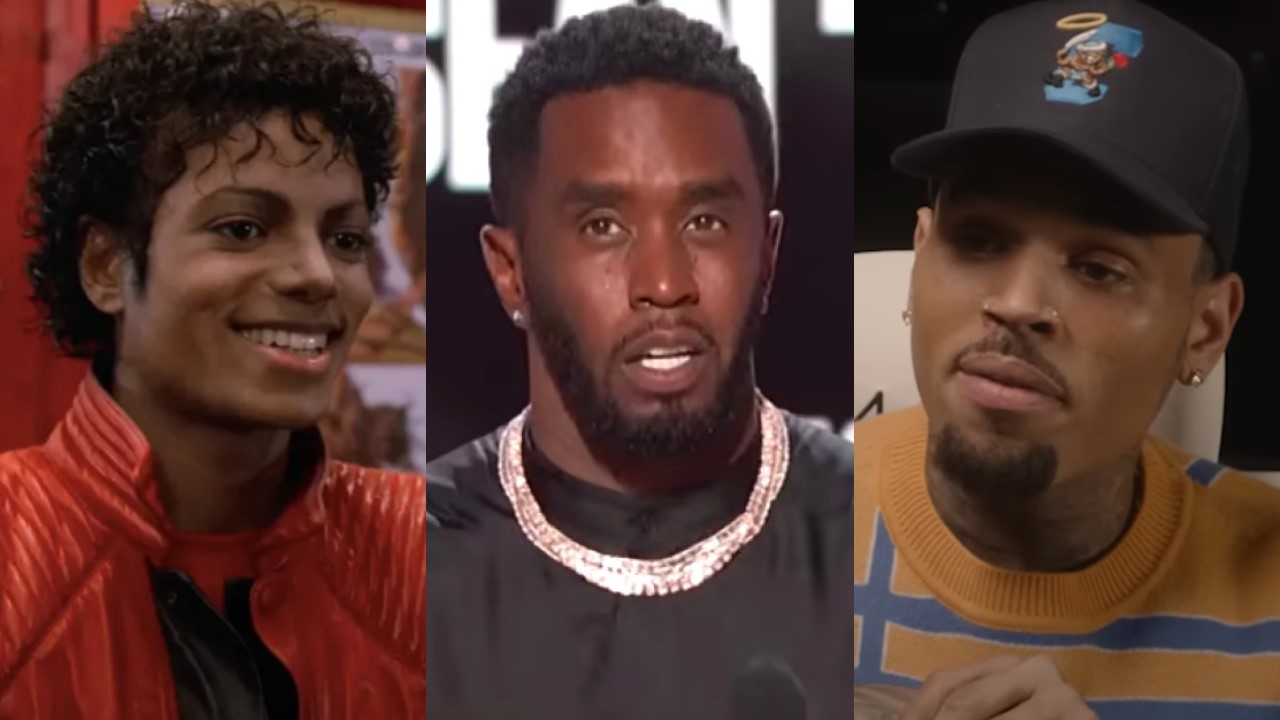Despite operating in the oversaturated horror subgenre of supernatural possession, the first two Insidious movies surprised audiences thanks to their level of invention. From the depths of the shadowy, fog-filled The Further, to advanced levels of astral projection -- to even a bit of cool time shifting -- the films have managed to put interesting twists on rather standard supernatural haunting/possession stories. Going into the Leigh Whannell-directed Insidious Chapter 3, one might hope that the sequel would advance this area, adding its own new levels of originality to the mix. Sadly, the latest sequel not only fails in this department, but also doesn’t have enough substantial or interesting scares to make up the difference.
Both written and directed by Whannell (making his directorial debut), Insidious Chapter 3 takes a detour away from the action in the first movie and is a prequel set a few years before the first two movies. The story centers on a smart young girl named Quinn Brenner (Stefanie Scott) who is in a state of grief due to the recent passing of her mother, and wants the opportunity to talk with her one last time. Despite receiving warnings from the psychic Elise Rainier (Lin Shaye) about the dangers of reaching out to her mom, the anguished teen attempts to do so, anyway, and winds up opening doors that definitely should have stayed shut. An accident leaves Quinn bedridden and under the care of her widower father (Dermot Mulroney). But this is the least of her problems, as her nights are plagued with demons doing their best to get at her soul.
If you think that sounds like the basic set up for every bland supernatural possession movie you’ve seen in the last five years, you already have a very good idea of what to expect from Insidious Chapter 3 - but what’s really unfortunate about the film is that it puts a spotlight on a generic story while letting a more original one operate as a B-plot. While Quinn gets the bulk of the screen time in the movie, the real star of the show is Lin Shaye’s reprisal of Elise, who legitimately becomes a deeper and more interesting character through the film’s proceedings. There’s an honest bid by Whannell to try and have her join the ranks of Dr. Samuel Loomis and Van Helsing as one of horror’s more memorable monster fighters. The new sequel actually gives her a full arc - armed with a peek into her home life and a bit of personal backstory involving a deceased husband - and elements actually make her part in the last two movies stronger in retrospect (which is something many prequels try to do and fail). All of this is merely extra, though, instead of the film’s central focus, as the writer/director didn’t have the foresight to shift things away from the uninspired haunted-family set up.
As it is in the horror genre, this wouldn’t matter so much if Insidious Chapter 3 were piss-your-pants/curl-up-in-a-ball scary, but it’s not. Leigh Whannell and cinematographer Brian Pearson do a good job trying to match the palette and atmosphere established by director James Wan and John Leonetti in the first two movies, but what doesn’t sync up is the approach to the frightening moments. The best scares in the franchise to this point – the most notable being in the first movie – created a solid sense of dread because many of the moments required the audience to accept the normalcy of a presented space only to be shocked when they notice the horror that is lurking in the corner. Whannell’s approach isn’t as subtle, and instead largely relies on jump scares – which are good for a jolt, but are ultimately unsatisfying. To the movie’s credit, there are certain sequences that do provide a bit of a chill – most notably an apartment hallway sequence clearly meant as an homage to The Shining – but there’s nothing that’s going to give you lasting nightmares.
The world-building that’s accomplished within Insidious Chapter 3 suggests that the story isn’t quite over with this entry into the series, and while its immediate predecessor didn’t really live up to the original either, the new film still feels like a disappointment regardless. There weirdly is still room to explore within this franchise – especially if the filmmakers can find a way to make Elise the lead character she should be – but Chapter 3 doesn’t add enough to the big picture, and overall feels misguided.

Eric Eisenberg is the Assistant Managing Editor at CinemaBlend. After graduating Boston University and earning a bachelor’s degree in journalism, he took a part-time job as a staff writer for CinemaBlend, and after six months was offered the opportunity to move to Los Angeles and take on a newly created West Coast Editor position. Over a decade later, he's continuing to advance his interests and expertise. In addition to conducting filmmaker interviews and contributing to the news and feature content of the site, Eric also oversees the Movie Reviews section, writes the the weekend box office report (published Sundays), and is the site's resident Stephen King expert. He has two King-related columns.











